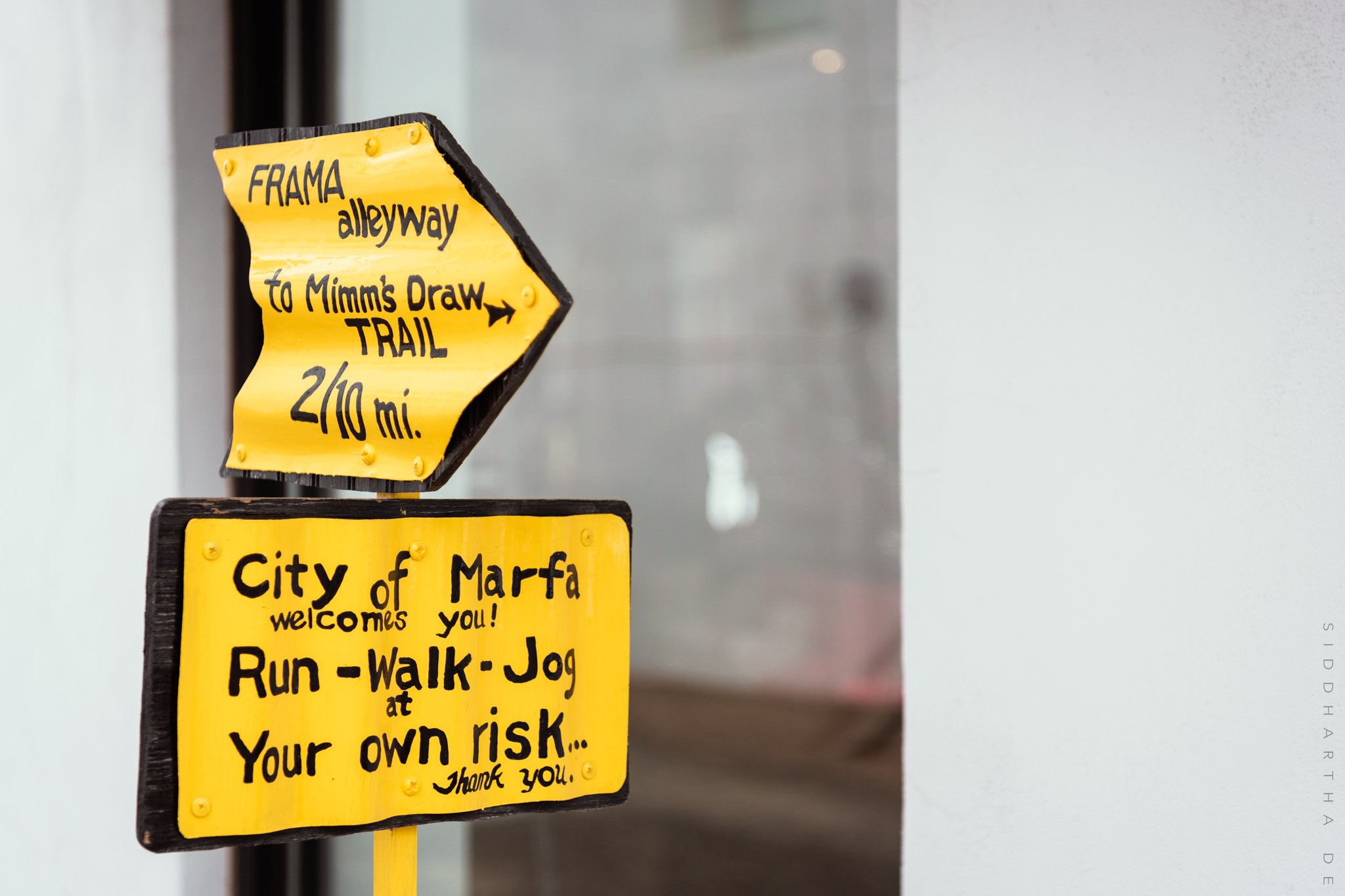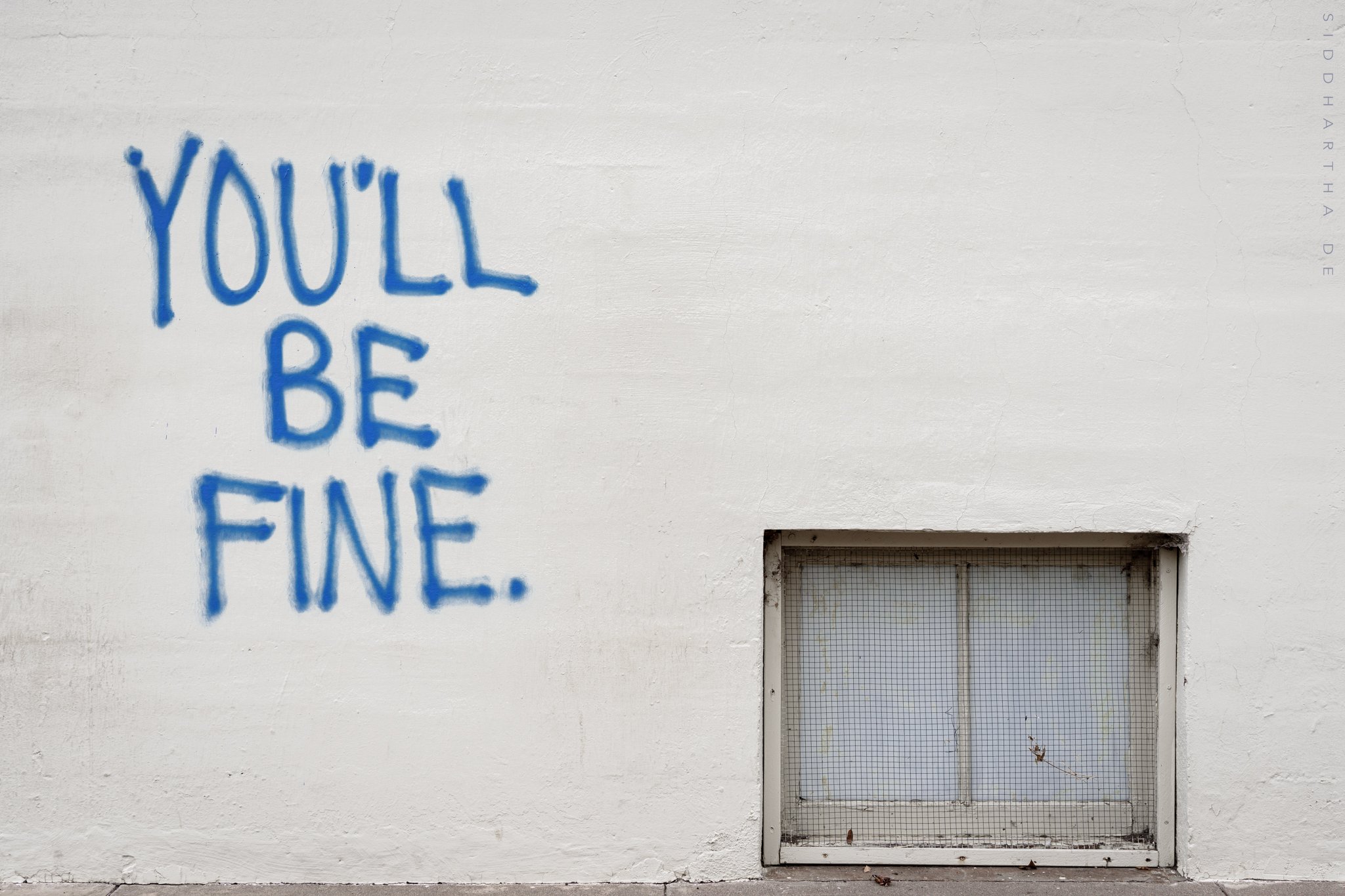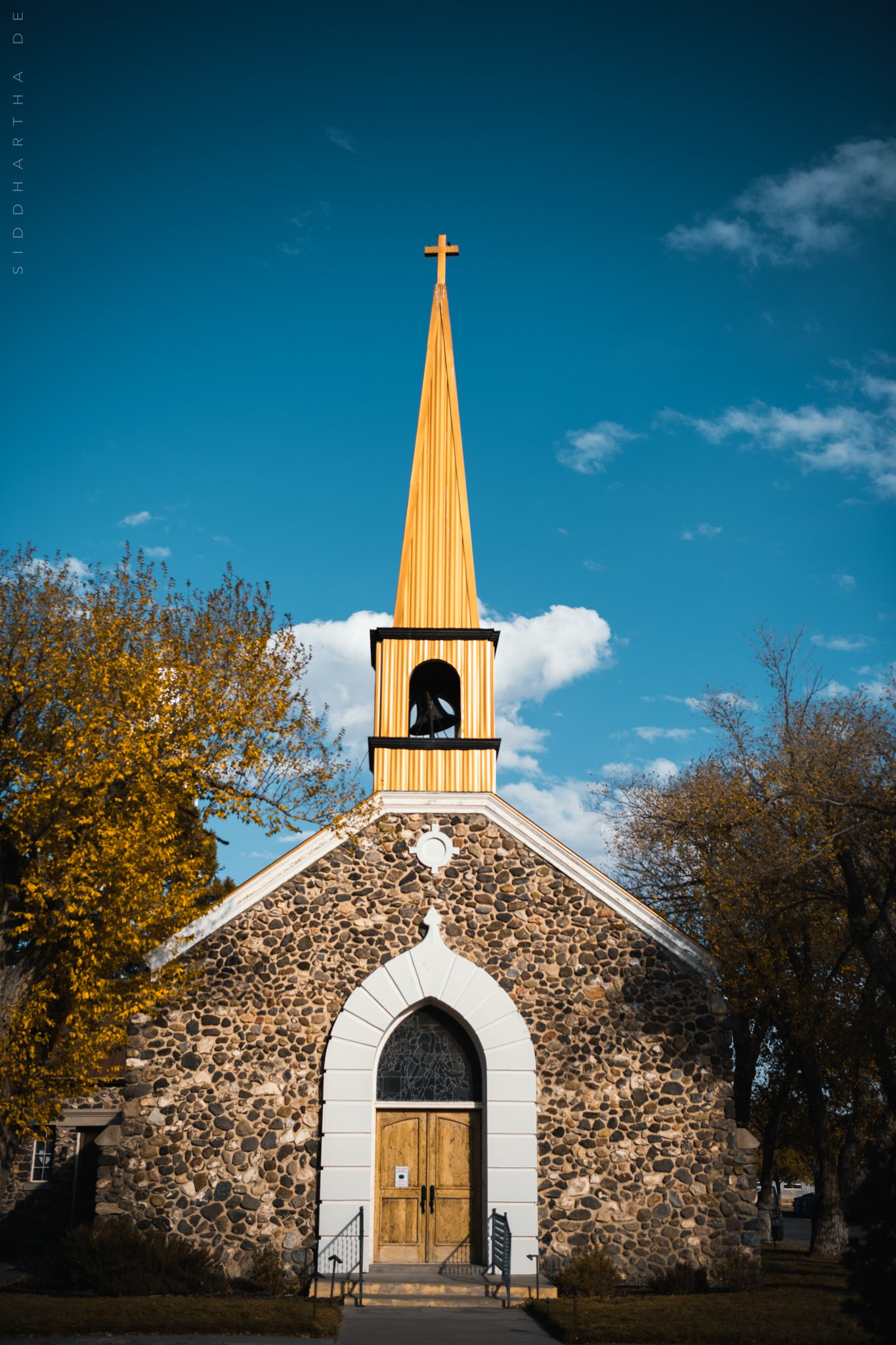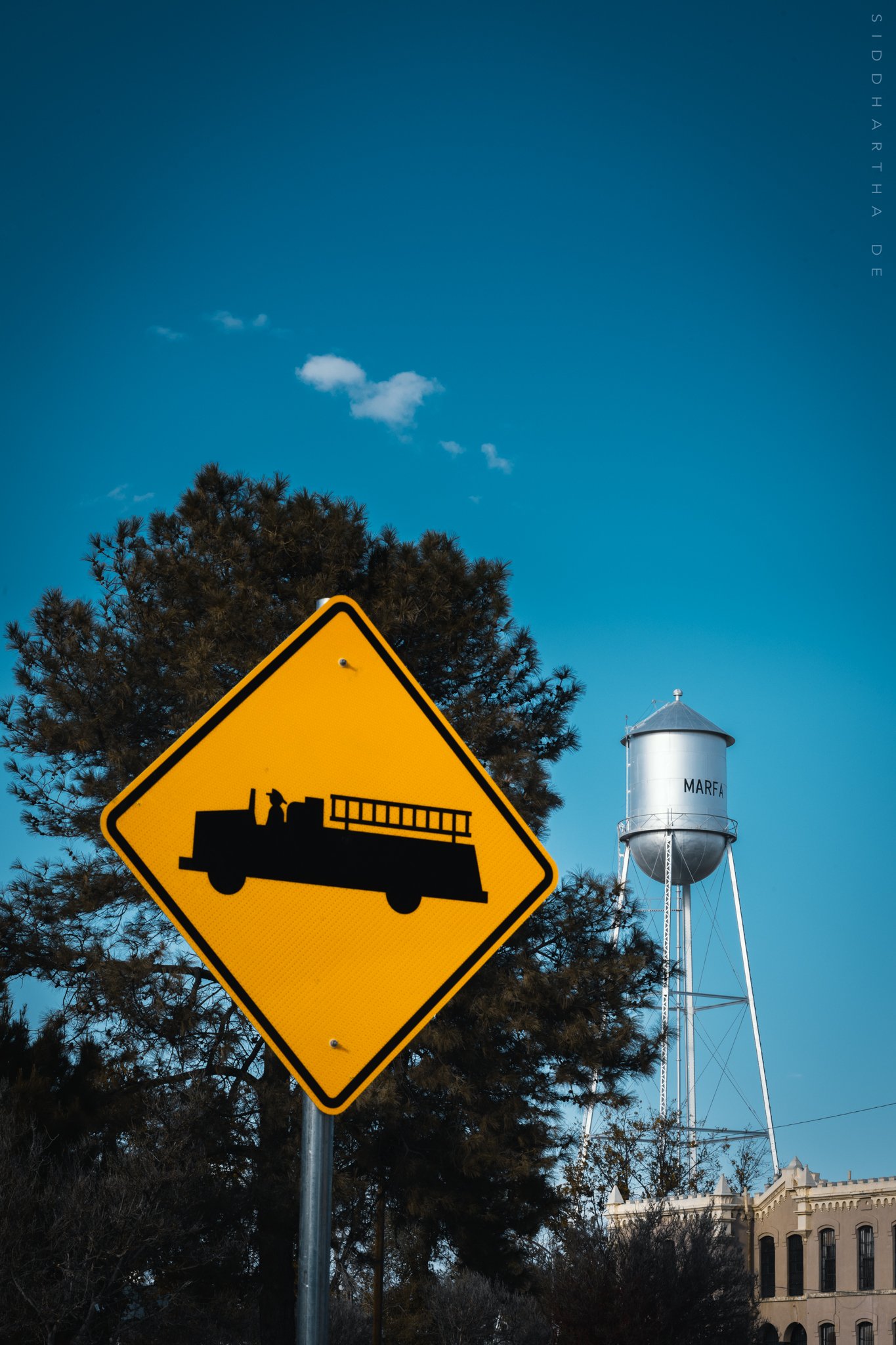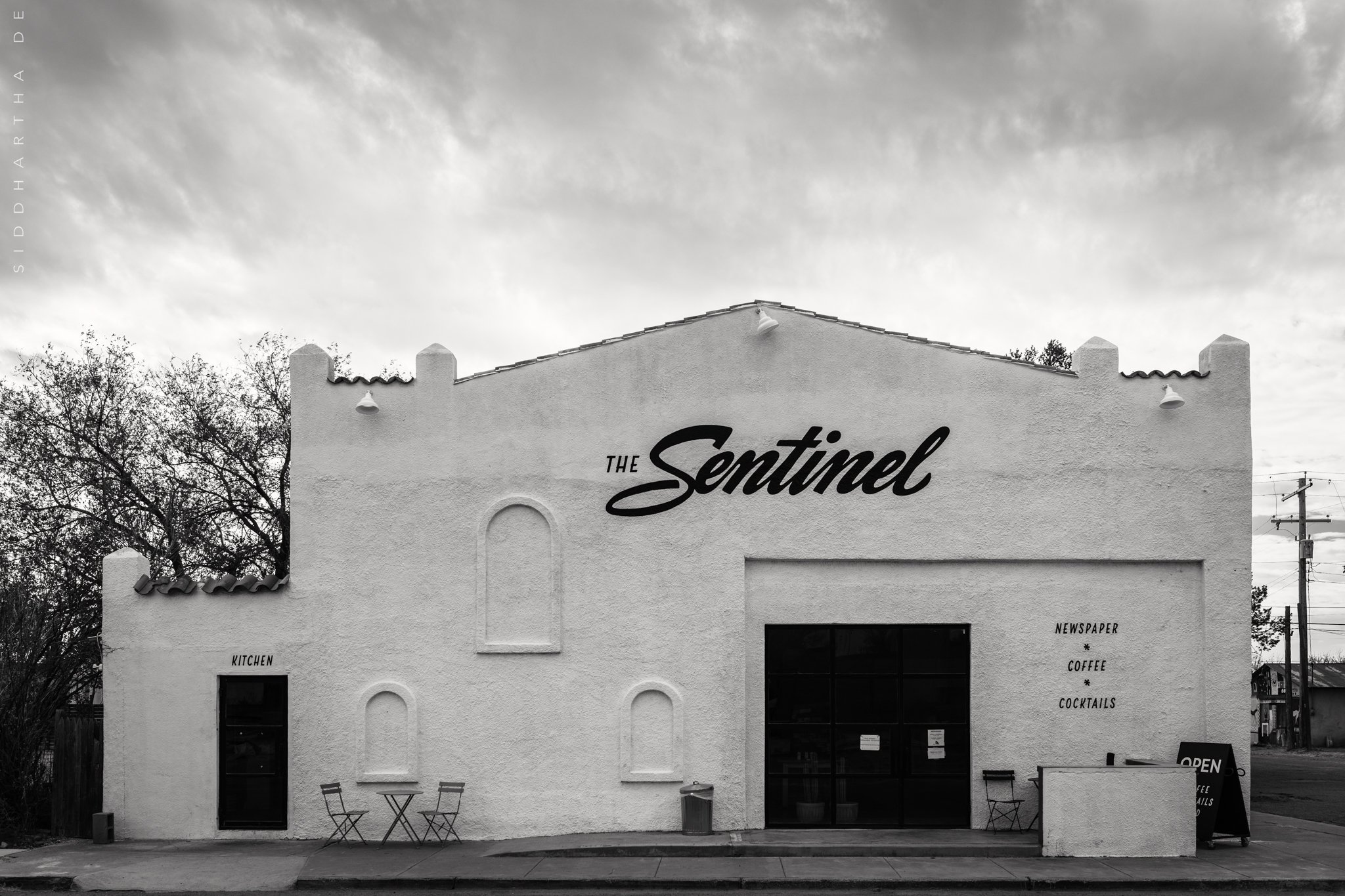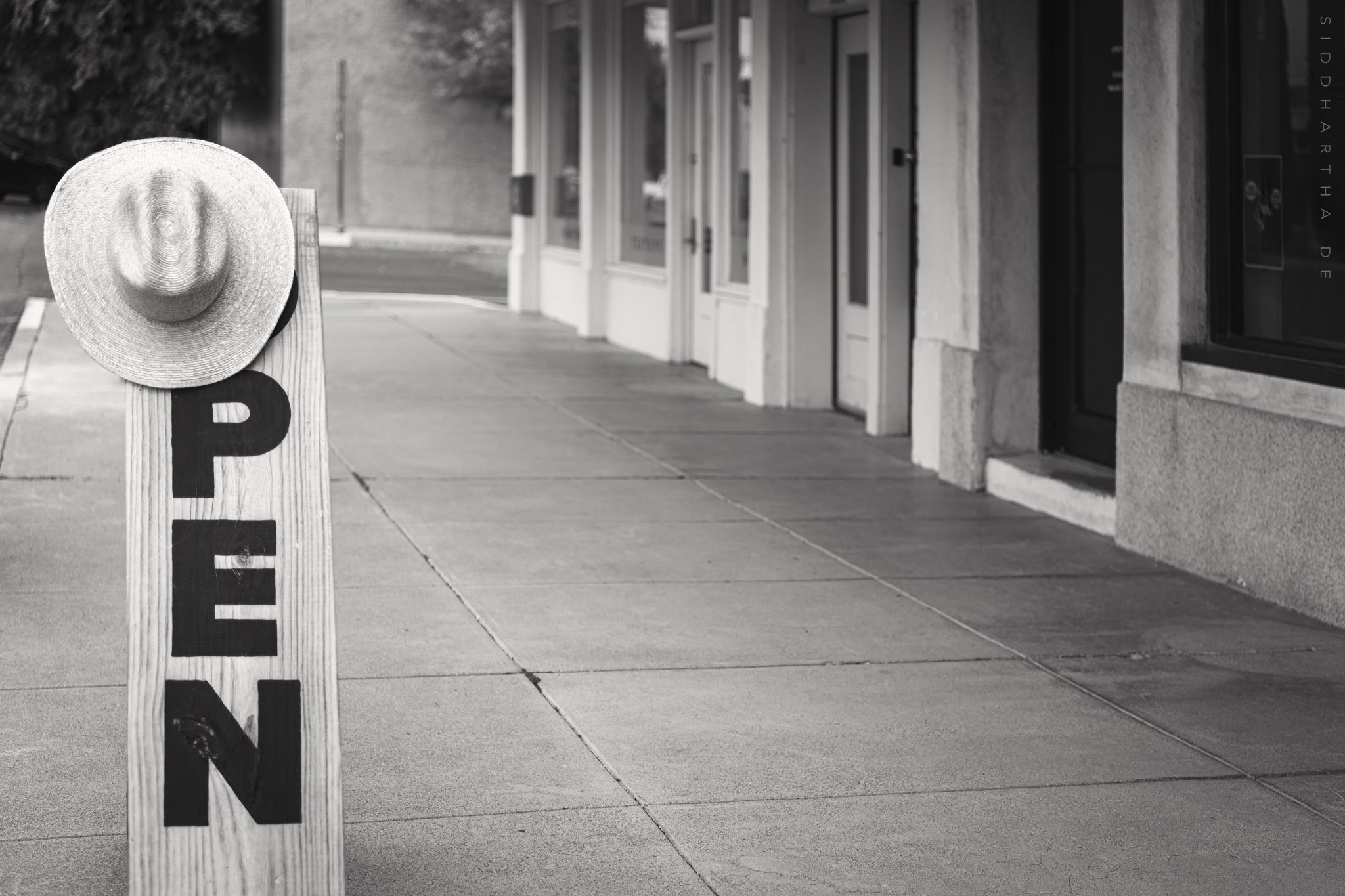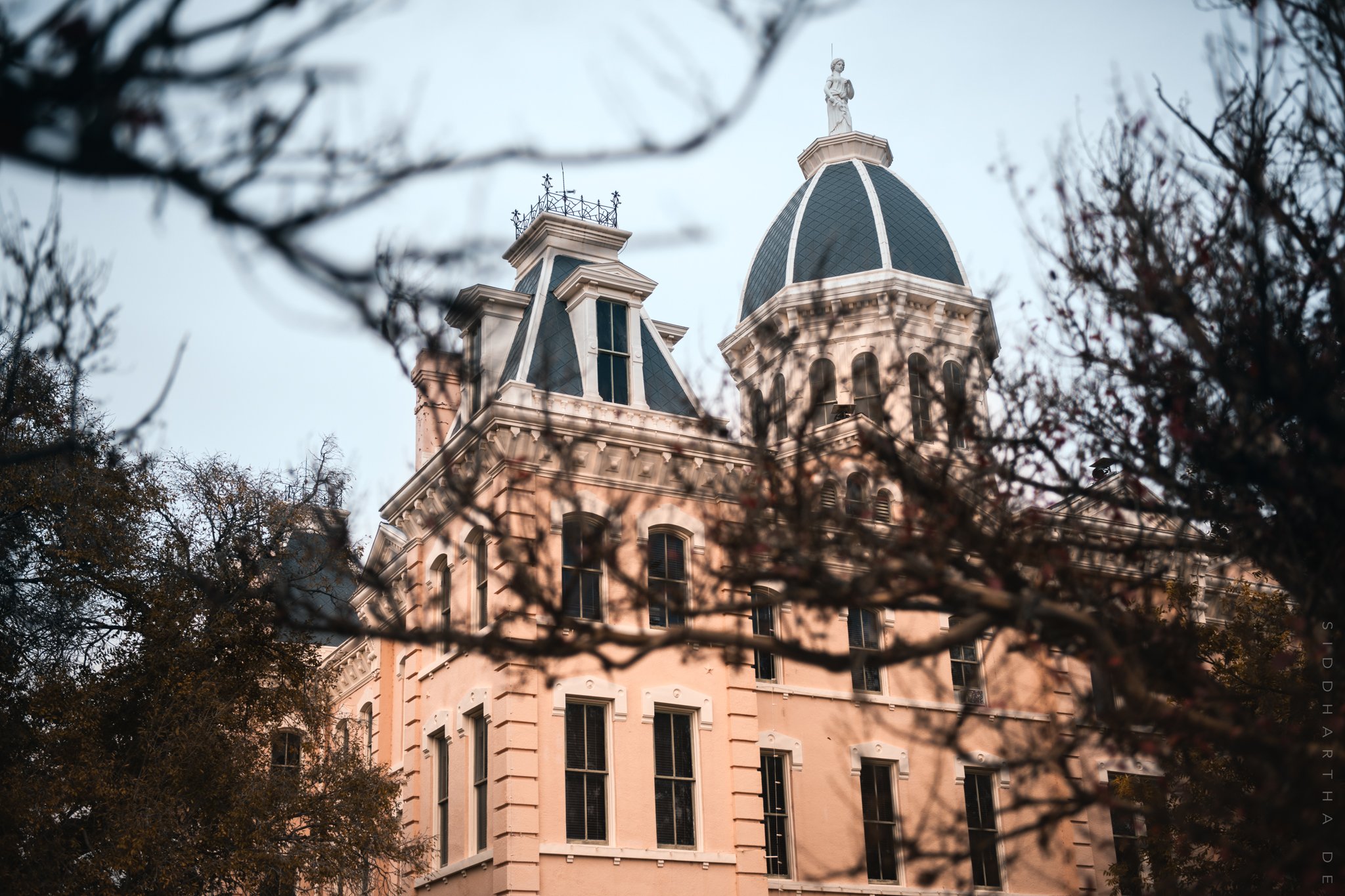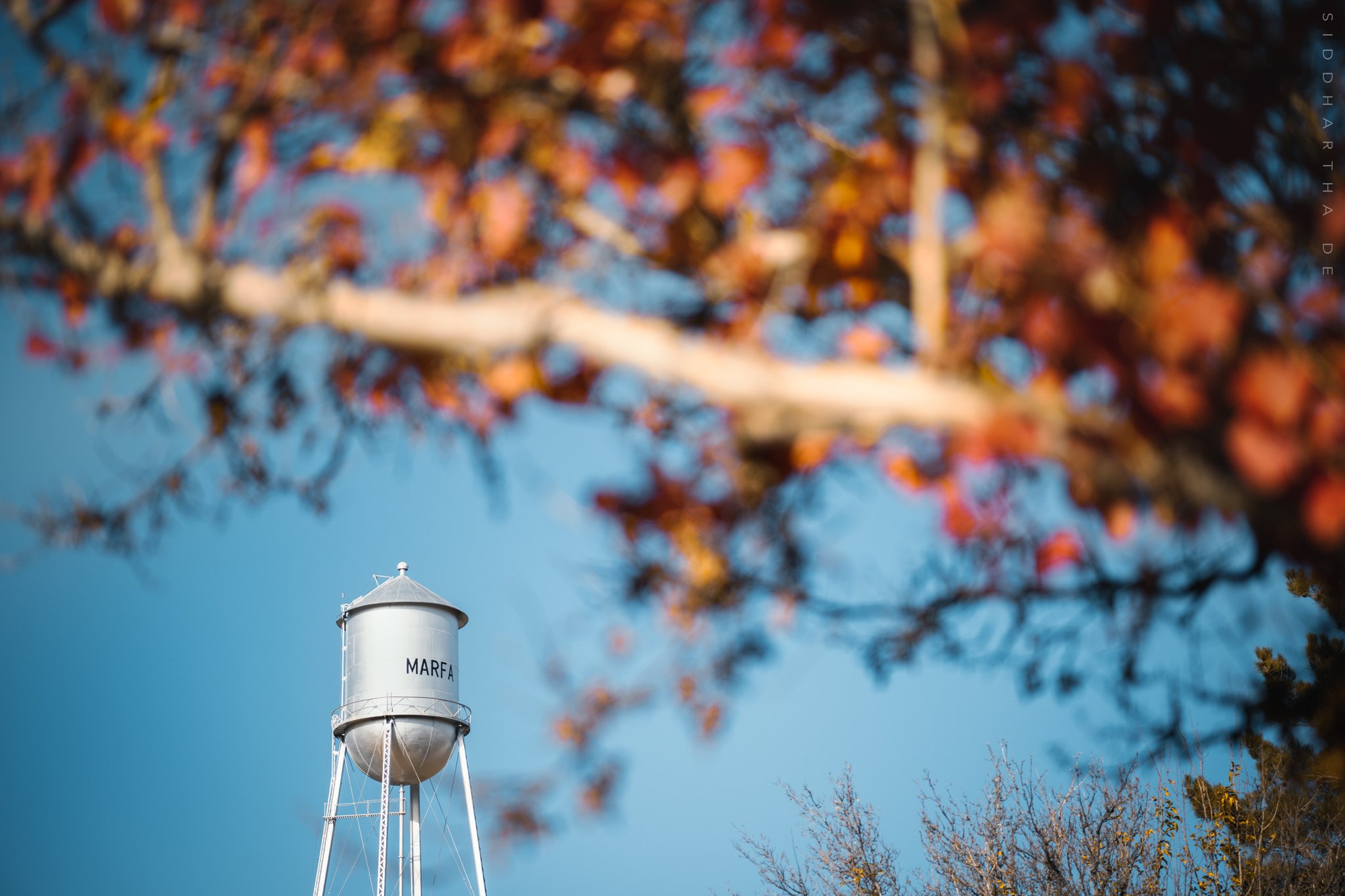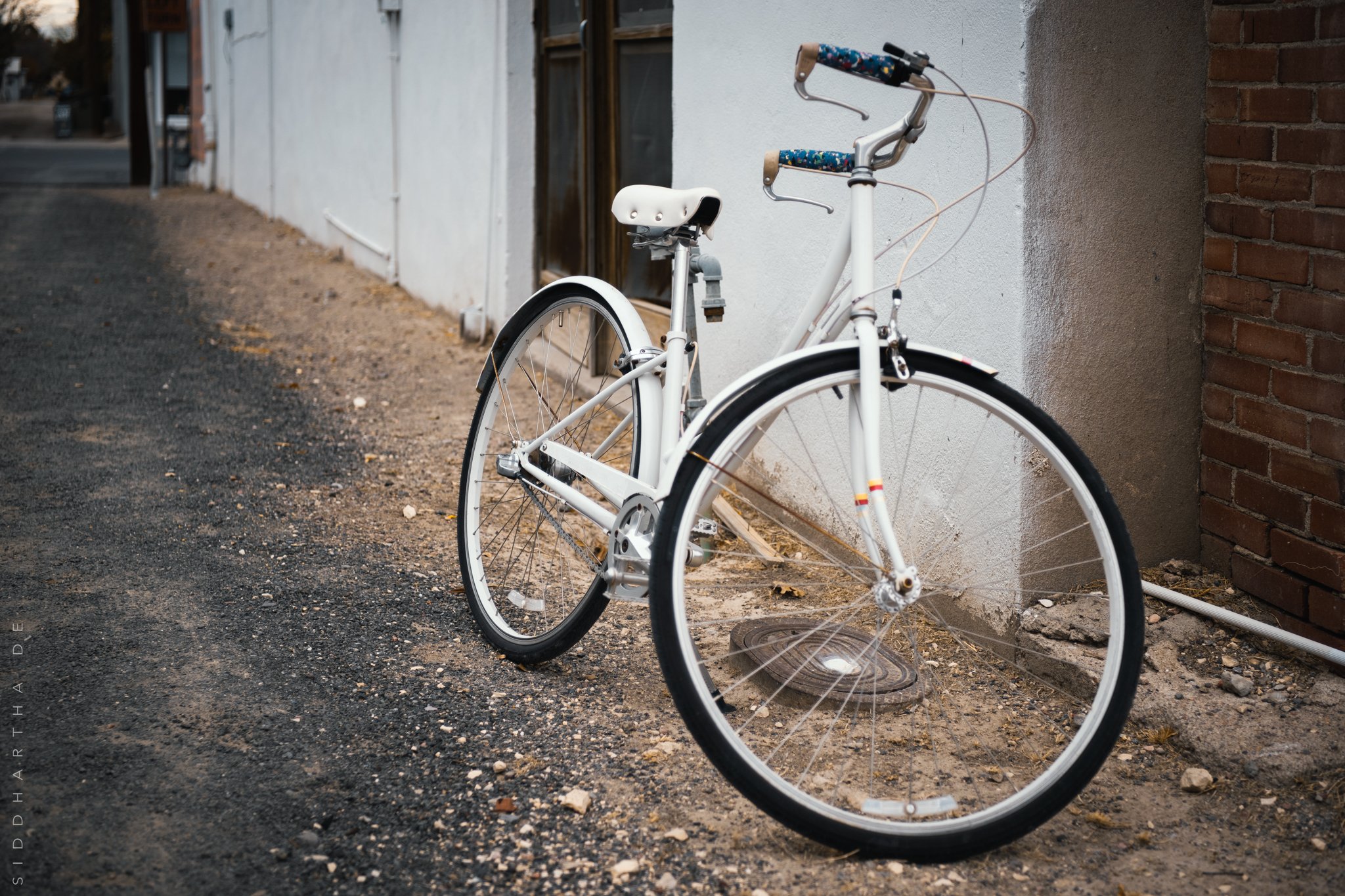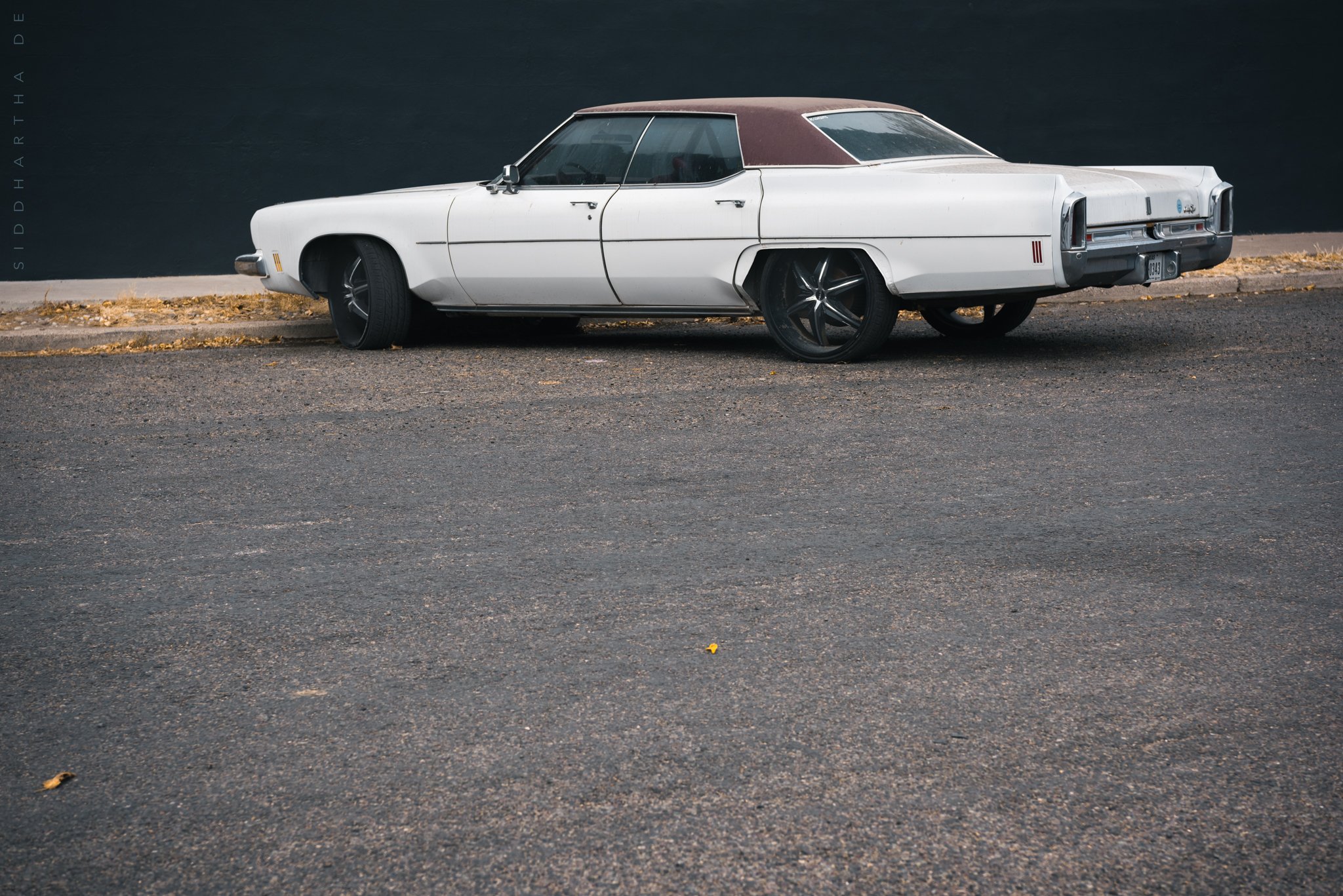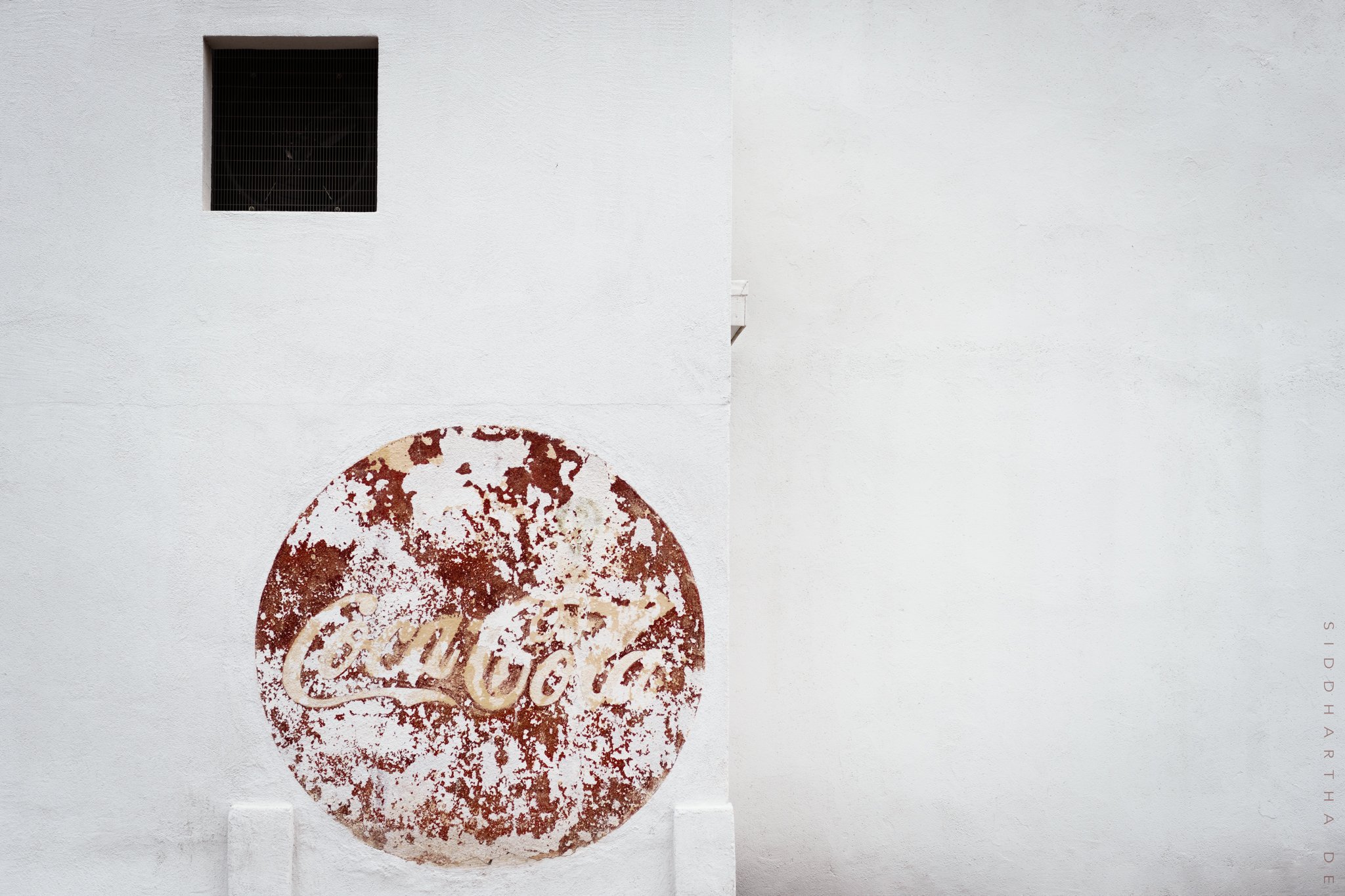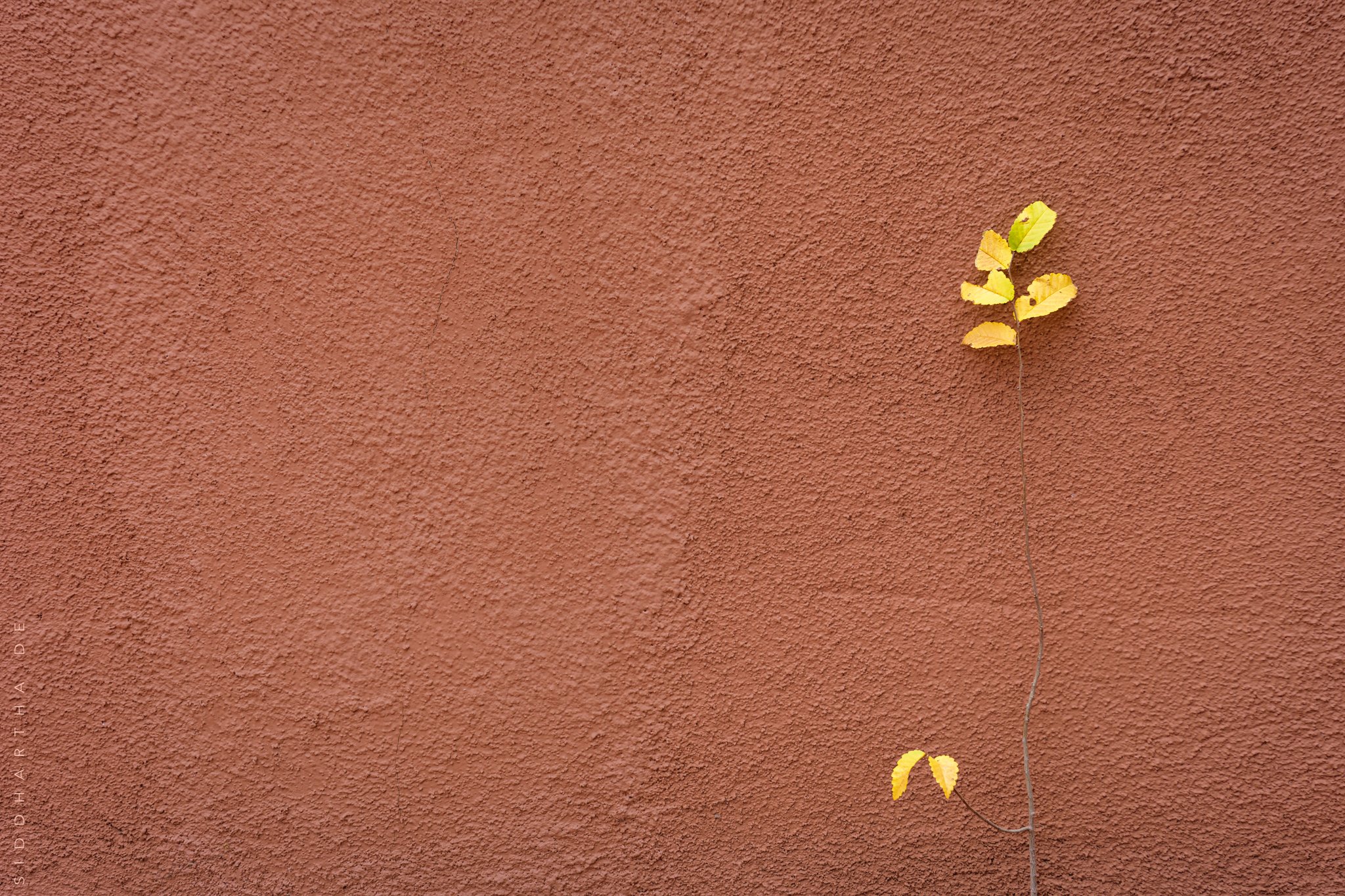Far West, Far Out
“Better to see something once than to hear about it a thousand times.”
Marfa, TX. Population: 1,484. Distance from Houston, TX: 600 miles. Nearest airport: Midland International Air & Space Port, Midland-Odessa, TX, 182 miles. Nearest Walmart: Fort Stockton, TX, 90 miles. Nearest hospital: Big Bend Regional Medical Center, Alpine, TX, 28 miles. Nearest Prada store: Valentine, TX, 37 miles.
Okay, it’s not a REAL Prada store, but if I had to choose adjectives to describe Marfa, this remote outpost in the desert, ‘unexpected’ and ‘unlikely’ would be at the top of my list. What is it about Marfa? How did I even hear about this place, much less want to visit it? And what’s a Prada store doing way out here in the middle of nowhere? We decided to go find out for ourselves.
We breezed into the dusty town, stopped at the only intersection with a traffic light, waited while a tumbleweed the size of a small car demanded its right of way and blew across, and turned to drive the short distance to our hotel.
Our first impressions of Marfa were from Google and from friends who are part of the Houston arts and museum scene. We learned that it is an eclectic art mecca, put on the art map in the 1970s by Donald Judd, a New York-based artist and collector who specialized in minimalism, and who apparently grew tired of the hauteur of the arts culture he was surrounded by. And so, he upped and went to Marfa, bought a remote Army base out here in this tiny dot in the high desert and proceeded to fill it with light, metal and concrete installations, as empty and alien as the landscape that surrounds them. His estate is run today by the Chinati Foundation, whose mission is to “preserve and present to the public permanent large-scale installations by a select group of artists. The emphasis is on works in which art and the surrounding land are inextricably linked.”
We learned that Marfa has a fan following ranging from local and Texas-based artists to Hollywood icons and music superstars. That it has a food culture to rival cities a hundred times its size, with artisan coffee and funky bars as well as old-school, traditional Texan fare. And that the Hotel Paisano in downtown Marfa played host to James Dean in his swan song in the 1955 film, Giant, alongside his co-stars, Rock Hudson and Elizabeth Taylor. Much later, the landscape also inspired the Coen brothers’ No Country for Old Men (is there a more compelling and formidable bogeyman than Javier Bardem’s Chigurh?) and P.T. Anderson’s There will be Blood. Pretty impressive for a town of less than 1,500.
The road to Marfa
The road to Marfa didn’t provide us with any clues about its outsized reputation. We breezed into the dusty town, stopped at the only intersection with a traffic light, waited while a tumbleweed the size of a small car demanded its right of way and blew across, and turned to drive the short distance to our hotel. The receptionist warned us that we might find most of Marfa closed for Thanksgiving. Not much we could do about that. We had tickets to the Chinati Foundation later that afternoon, though, so we knew at least that this art museum, if you can call it that, was open. But first, we went out to find some of Marfa’s famous local eateries and to sample their fare.
Matthew McConaughey claims that the best burrito he’s ever eaten is at Marfa Burrito (Alright, alright, alright, alright!), and since he’s apparently a regular customer, we figured there must be some truth to it. So, we went there first, only to find it closed. Not alright. Plan B, then. We went to The Water Stop, which, judging from the motley assortment of cars and trucks parked at haphazard angles outside, was open for business. It was humming and did not disappoint. The menu was interesting and the food, excellent. Appetites satiated, we explored the little downtown for a while, took in the murals along the streets, the charming pink Presidio County Courthouse, the Hotel Paisano, the Sentinel Café, The Hotel Saint George, the art stores. Several places were closed for business too, and not just for Thanksgiving. You could tell from the boarded windows and shuttered storefronts that the pandemic had hurt this little town, and that it was trying valiantly to make a comeback. A spray-painted sign on a wall – You’ll be fine – summed up the mood and spirit of resurgence. We made mental notes of the places we wanted to return to later and headed out to our date with the Chinati Foundation.
The Chinati Foundation is essentially an outdoor museum, occupying some 300 acres on the grounds of the former Fort Russell army base. I wasn’t quite sure what to make of it. A guide talked to us about the history of the Foundation, about Donald Judd and Dan Flavin, and how they influenced a whole generation of artists. They then pointed us towards the scrubby field where it all began. I suppose I’m more of a ‘conventional’ appreciator of the arts, but I can see how the concrete installations here were meant to be in consonance with the landscape around them. They reminded me of bunkers from the Second World War, silent, immovable, and empty. Interesting? Perhaps. Photogenic? Definitely. It was late Fall, the day before Thanksgiving, the trees were bare, and the scrub, yellow. Beautiful, storm clouds were gathering overhead, making this otherworldly setting all the more remarkable.
Concrete art installations at the Chinati Foundation
An old building at the Chinati Foundation
Returning to Marfa, we explored its streets for a while, went to a tiny local café and had some coffee made by a barista who really knew what she was doing, and spoke to a couple of other visitors to the town. Later in the evening, we went to the excellent Reata restaurant in nearby Alpine for a hearty cowboy dinner, and it more than lived up to its well-deserved reputation. Delectable food, wonderful service.
On Thanksgiving morning, we decided to go to the Sentinel Café for breakfast, but found it closed. As was most of Downtown. The Hotel Paisano, of course, was open, as were a few other art galleries and shops, and we spent a couple of hours wandering through them. I usually gravitate to the printed photographs, and spent a long while studying other photographers’ impressions of Marfa, listening to other people talk about this town with the kind of reverence one would normally reserve for the Met, the Louvre or the Rijksmuseum. Opting out of having our Thanksgiving turkey at the Paisano, we drove instead to nearby Fort Davis, and the Davis Mountains State Park, both little gems that will hopefully be subjects of a future post.
Open? Not quite.
We listened to other people talk about this town with the kind of reverence one would normally reserve for the Met, the Louvre or the Rijksmuseum.
We returned to Marfa in the late afternoon, and I decided to take care of some unfinished business. There was one landmark I had to see and photograph, not because it necessarily merited photographic value, but because I just had to see it to believe it. So, we went out again, further west this time to what is arguably Marfa’s most popular and outlandish art installation. The Prada boutique on Hwy 90 blends in with the rest of the landscape like a hippopotamus on an ice-skating rink. Four Prada signs on the front in case you missed the first three. Green lighting on the inside. Actual Prada shoes and handbags on the shelves. Seriously? Yes. It really is out there. I did get a pretty sunset though.
The world’s unlikeliest Prada store
As we started out the next morning for the long journey back home, I was glad we made the trip out to Marfa. I know we went there at a time when it was mostly closed and its true personality partly hidden, but I can’t hold that against the town. There’s something about this place that keeps bringing people from in all over the world. The chic, bohemian vibe might not be what Donald Judd had in mind, and the art here is probably not my cup of tea either, but it is that very vibe that attracts artists and musicians to this out-of-the-way town and keeps it thriving. It is what keeps the restaurants and cafés quirky and the food, excellent. Will I come back? Absolutely. But for the incredible open spaces, endless horizons and photographic opportunities the town and its surroundings provide, more for the landscape than the art itself.
The endless horizons of Far West Texas


